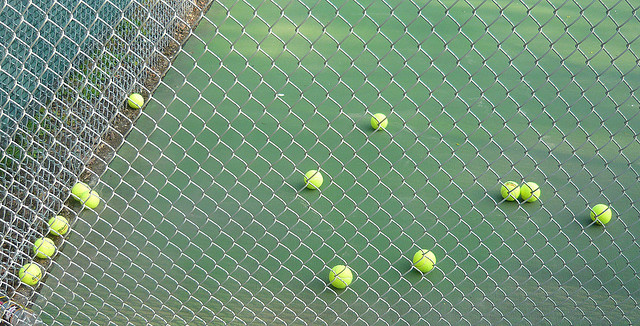Miniature bouncing tennis balls reveal cellular interiors
Ars Technica » Scientific Method 2014-02-24
I admit it, I love my job(s). I love doing science, and I love reporting science. In particular, I love it when my expectations are confounded, as they recently were in a paper I read. In this particular paper, I was expecting to see some nice results, not to learn anything truly new, since the authors have been working on this for a long time.
What I found were results that are still a bit preliminary. But the authors also introduced me to a whole new idea, one that everyone but me probably knew about. It turns out that there are people who use the random motion of little beads in cells to map out cellular interiors. Simply introducing quantum goodness to the measurement process can draw the inside of a cell with a precision that blows away most optical microscopes. Add in a dash of over-enthusiasm on the part of the authors, and you get a bit of research I can really get excited about.
Randomness generates a map
Imagine that you want to explore a house. A house consists of rooms with furniture, light fittings, curtains, and other things. Unfortunately, you are not allowed to look inside the house, but you can track magic tennis balls. These tennis balls bounce around inside the house constantly. When they land on something soft, like a bed, or get tangled up in the curtains, they still bounce, but the bounces are much smaller. Hard objects make for big bounces.
Read 15 remaining paragraphs | Comments
